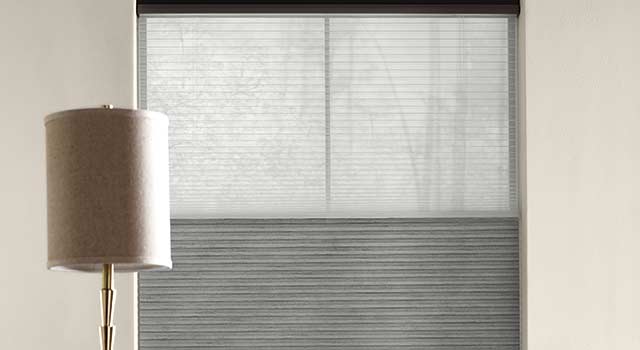Open to the Options

Making green choices for windows and doors can reduce your home’s impact on the environment and decrease the amount of energy needed to heat and cool your house.
The most important element to consider when selecting windows and doors is how they will affect the energy values of the home. Take into consideration the type of material and the area in which you live. For example, humidity and temperature cause wood to expand and contract, so if your climate’s temperature drastically fluctuates, you might want to choose a material that can withstand the changes.
Look for windows and doors with Energy Star ratings, meaning that the product has met strict energy-efficiency guidelines set by the Environmental Protection Agency and U.S. Department of Energy.
Another way to minimize heat gain in the summer and heat loss in the winter is through sealing and insulation. Insulation can be improved by inserting argon gas between panes, utilizing dual panes for windows and by using dual glazes on windows, such as low-E (low-emissivity) coatings. These help to reduce the amount of heat that passes through a window. This is not only a green practice, but it also will save you money on heating and cooling.
Remember that windows and doors can warm or cool a home, letting heat in or out, depending on their age and any corresponding leakiness. Installing new windows and doors can reduce the amount of conditioned air released into the outdoors.
Replacing windows and doors with innovative options can help cut utility bills and make your home more comfortable. Inefficient windows are one of the largest sources of heat or air-conditioning loss because of their low insulating ability and high leakage rate. Installing energy-efficient windows can help save 25 to 50 percent of the energy used to heat and cool homes.
Many new windows come with an extra piece called a flange. Install the flange to provide high-quality water and air sealing, which helps to improve insulation. The flange is similar to a picture frame. Place caulking on the back of the flange before installation.
door decision help
➤ Fiberglass doors are more energy-efficient and require less maintenance than some other materials.
➤ To attain a properly functioning door, carefully choose the contractor who will install it. Installation is a stronger influence on how well a product functions than its brand name.
window know how
➤ High-performance windows will easily offset the carbon emissions associated with a higher carbon footprint.
➤ Rebates, tax deductions or low- to no-interest loans for green remodeling may be available in your area. Consult with your local energy company, the state or federal governments or local accountants to uncover what is available in your area.
➤ The Solar Heat Gain Coefficient (SHGC) rating measures the amount of heat from sunlight a window lets in. The U-factor is another calculation of how well heat moves through material; it is the measurement of the quality of insulation and its ability to prevent the movement of heat.
the three window types
1. The first type is less energy-efficient than Energy Star.
2. The second type is a widely used, Energy Star-rated window with a U-factor of 0.35 or lower. This type always has a Low-E coating.
3. Less common is a high-performance window, which dramatically exceeds Energy Star ratings. The last category includes high-end brand names and could have up to three times the efficiency of Energy Star. Windows with a fiberglass frame and triple glazing fall into this last category.

Searching for a Chic Home Addition? Consider Modern-Shed.

What options do you have that allow me greater control of where and how light comes into a room?

August 2012 Editor’s Letter

Award-Winning Kitchens, Baths, Interior Design and More

Atlanta’s NKBA Designs of Distinction 2019 Winners

100 Things to Know Before You Remodel

What’s the simplest way to upgrade your window treatments?







